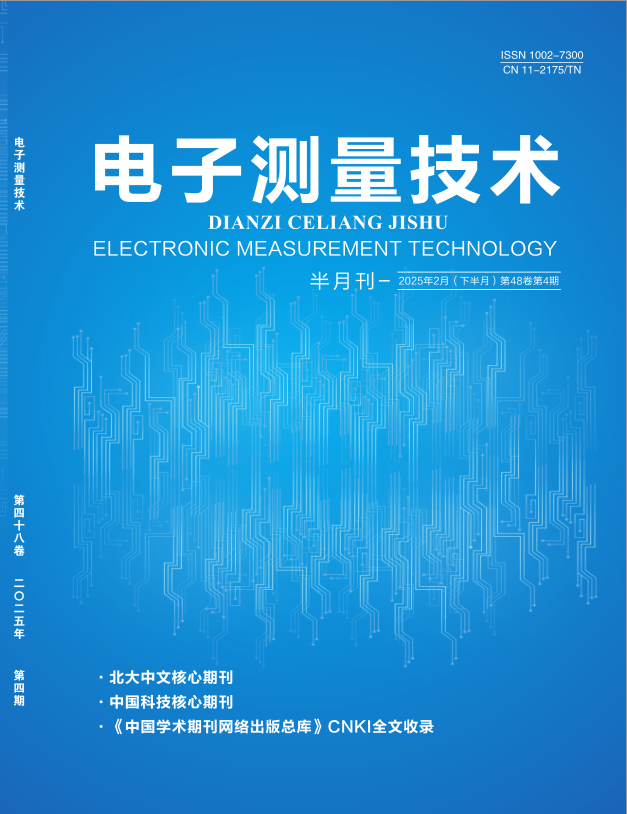2021, 44(20):29-36.
Abstract:The verification platform plays an important role in the design of the video acquisition and compression card chip. Aiming at the shortcomings of traditional verification platforms in terms of code coverage and test efficiency, this paper designed a SystemVerilog-based verification platform. The verification platform is designed with an object-oriented programming language, where the PCIe host (RP) adopts the Xilinx IP modeling link layer and the physical layer, ensuring that the PCIe bus environment is the same as the real host board card environment. The external verification environment adopts the SystemVerilog hierarchical design method, and adopts the class idea to design the upper-layer verification environment, so that more verification components can be transplanted to different types of SoC of the same interface protocol. Moreover, in the automated verification stage, the case state is automatically judged by the simulation report, adjusting the random benchmark and tracking the uncovered module paths in the coverage report, which greatly improves the corner coverage of the code and accelerates the regression convergence. The verification platform is analyzed from three aspects: acquisition and compression simulation process, verification automation, and coverage. The results show that the verification platform can quickly complete the horizontal verification module transplantation of similar design, improve the verification reliability of similar function chips, save manpower, accelerate the simulation progress, accelerate the coverage convergence, shorten the verification cycle and increase the success rate of flow chip.
